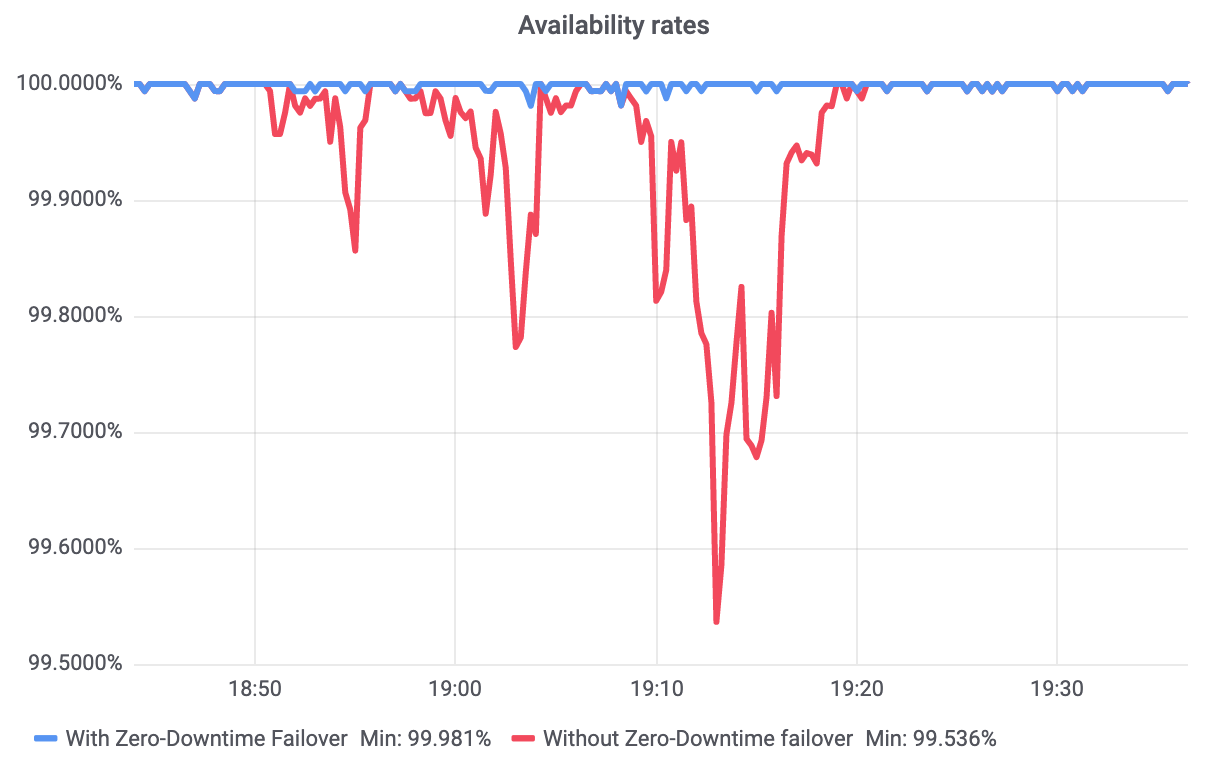Cisco Rolls Out New Silicon, Router for ‘Internet for the Future’
Cisco Silicon One is a new programmable silicon architecture that the vendor claims can serve...
Cisco Silicon One is a new programmable silicon architecture that the vendor claims can serve...
For those involved with large-scale system planning, design, and procurement for campus-wide supercomputers, the target is balance. …
Operating A Campus-Wide HPC Center Like An Enterprise was written by Timothy Prickett Morgan at The Next Platform.
With the blessing of German authorities, all three of the country's leading operators decided to...
Verizon’s organizational structure and network position has changed more during the last 12...
“Maybe the national anthem is still playing in this game of containers and it’s very early,”...

This week another Radiant Award has been awarded by the Internet Security Research Group, the folks behind Let’s Encrypt. The award puts the limelight on the heroes who make the Internet more secure and trustworthy each day.

The newest Radiant Award winner is Claudio Jeker, who receives the prize for his work of a BGP4 implementation on OpenBSD. This makes me horrendously enthusiastic. Why?
OpenBSD is a open-software based operating system that is focused on being secure and feature complete. It comes with a set of tools that make it ideally suited to be deployed, for instance, as a secure route server in an Internet Exchange Point (IXP). A route server is a service that an IXP can host in order to make the participating network service providers lives a little easier. They do not have to get the routing information from each other, but can simply talk to this piece of centralized infrastructure. OpenBSD allows this type of infrastructure to be build from commodity components in a scalable and secure way.
With a route server in place, an IXP can take additional measures to secure the Internet, namely by taking the MANRS actions.
Ultimately this would not be Continue reading
As is the case with any new technology, there is a lot of hype and misunderstanding that comes along with something that actually improves some aspect of the system. …
Mythbusting Containers, The Los Alamos Way was written by Dan Olds at The Next Platform.
Enterprises are awash in data, and though many are tempted to save it all for later analysis – after all it worked for Google for many years – the store then analyze approach is poorly suited to environments with data sources that never stop. …
Everybody Has Big Data – How To Cope With It was written by Timothy Prickett Morgan at The Next Platform.
Traditionally, network monitoring software was designed to act in isolation, limited to features...


When your server goes down, it’s a big problem. Today, Cloudflare is introducing two new tools to help you understand and respond faster to origin downtime — plus, a new service to automatically avoid downtime.
The new features are:
Our first new tool is Standalone Health Checks, which will notify you as soon as we detect problems at your origin server -- without needing a Cloudflare Load Balancer.
A Health Check is a service that runs on our edge network to monitor whether your origin server is online. Health Checks are a key part of our load balancing service because they allow us to quickly and actively route traffic to origin servers that are live and ready to serve requests. Standalone Health Checks allow you to monitor the health of your origin even if you only have one origin or do not yet Continue reading
Design assignments and hands-on exercises were always a big part of ipSpace.net online courses, and our new Networking in Public Cloud Deployments course is no different.
You’ll start with a simple scenario: deploy a virtual machine running a web server. Don’t worry about your Linux skills, you’ll get the necessary (CCIE-level) instructions and the source code for the web server. Building on that, you’ll create another subnet and deploy another virtual machine acting as a back-end application server.
And then we’ll get to the fun part:
Read more ...A tale of two abstractions: the case for object space, Bittman et al., HotStorage 2019.
This is a companion paper to the "persistent problem" piece that we looked at earlier this week, going a little deeper into the object pointer representation choices and the mapping of a virtual object space into physical address spaces.
…software operating on persistent data structures requires "global" pointers that remain valid after a process terminates, while hardware requires that a diverse set of devices all have the same mappings they need for bulk transfers to and from memory, and that they be able to do so for a potentially heterogeneous memory system. Both abstractions must be implemented in a way that is efficient using existing hardware.
In-memory data structures are notable for the rich inter-weaving of pointer references between them. If we take those data structures and make them also be the persistent representation, "then applications need a way to refer to data such that references have the same lifetime as the referenced data." Epheremal virtual addresses don’t cut it as the basis for persistent pointers.
Applications running on BNVM (byte-addressable non-volatile memory) must have a way Continue reading